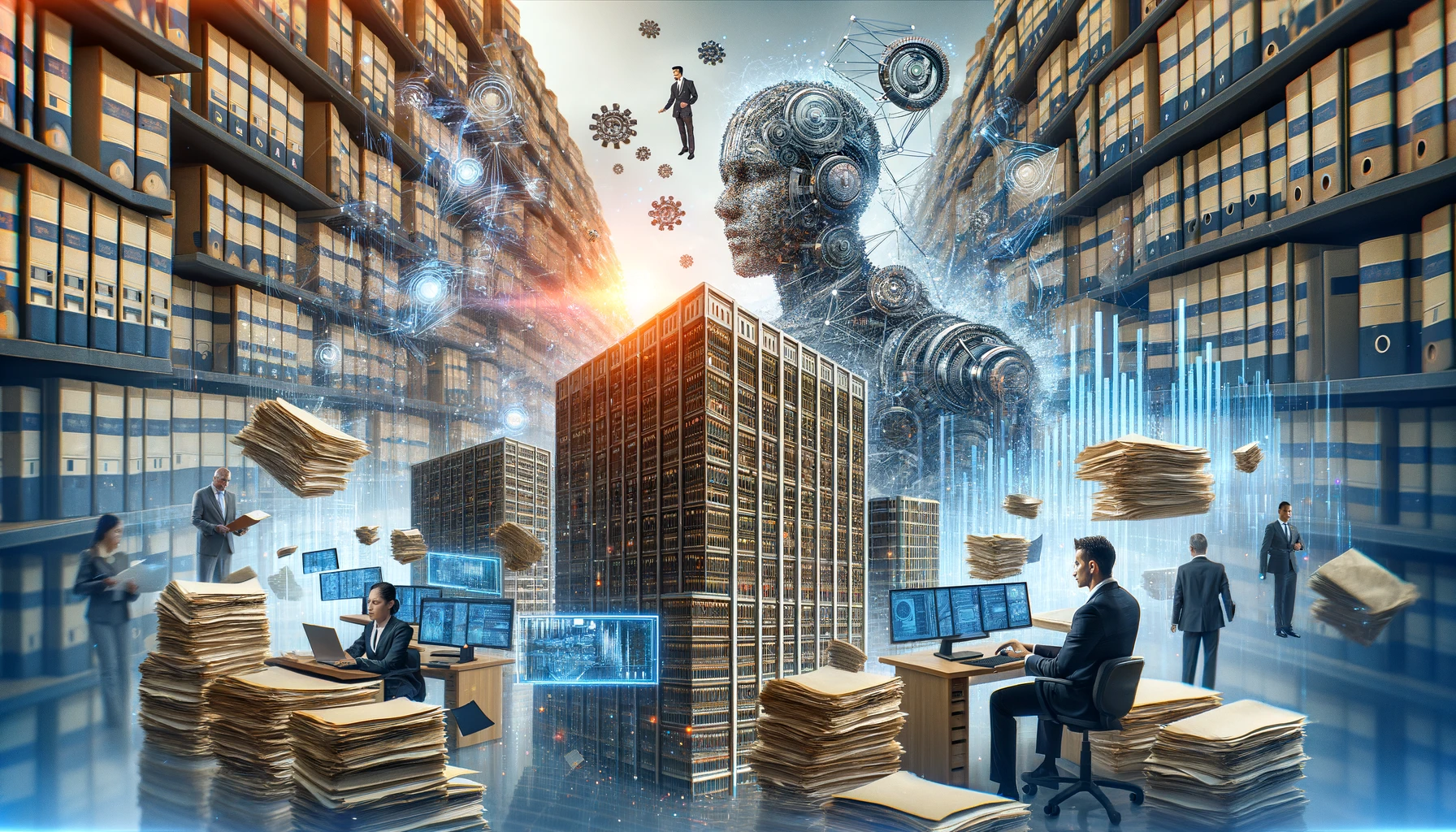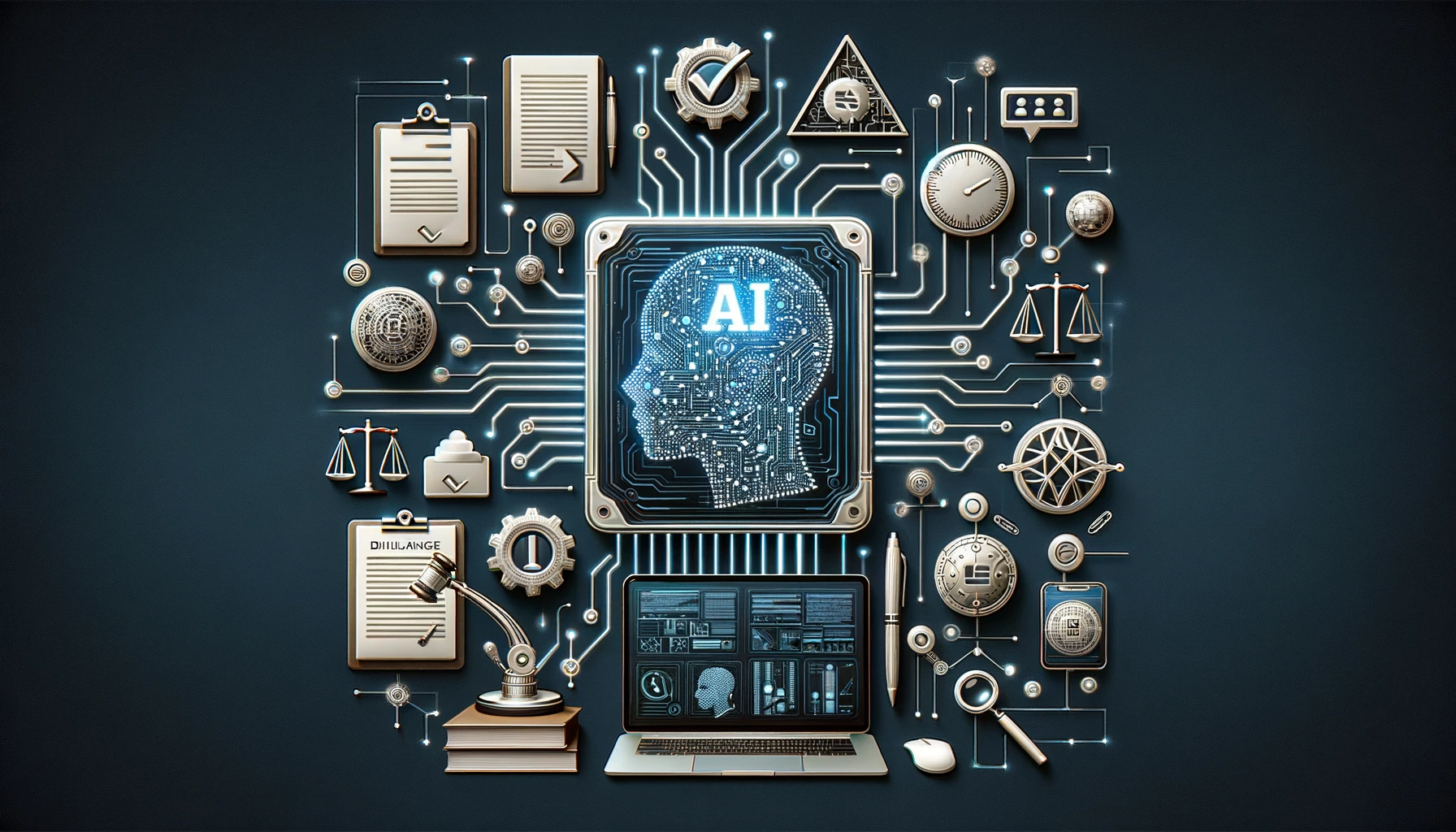Introduction
On the other hand, the legal industry is typically regarded with tradition—one of meticulous detail and manual review in which the precision of language and the nuance of terminology can have very large implications. However, with Artificial Intelligence (AI), a whole redefinition of this panorama is in the process, an opening of opportunities as never seen before in efficiency and innovation. The broader implication and impact of AI technology within the legal sector may be found in its ability to customise templated agreements—one of the most influential and routine-based forms of legal work that can become arduous and filled with human error. This blog post delves deeper into how AI technologies are enabling not just easier customisation of legal templates but, in fact, are raising the bar for new standards of accuracy, efficiency, and personalisation in legal documentation.
The Importance of Templated Agreements in Legal Work

Templated agreements are a basic tool used in the legal profession. They serve the purpose of making standard models for the various kinds of contracts, such as lease agreements, non-disclosure agreements, and all kinds of employment contracts, in order to have consistency in key legal clauses across kindred documents. These templates save valuable time and resources by eliminating the need to draft each agreement from scratch.
However, while templated agreements enhance efficiency, their one-size-fits-all nature can be a limitation.
Each legal case carries unique circumstances and specifics that might not be fully addressed by a standard template. Furthermore, individually tuning the templates is a meticulous task because it requires a lot of time and paying attention to detail for every individual case. At the end of the day, it’s nothing but the potential to make mistakes in a manual process. In the following sections, we shall look further into how AI is transforming this aspect of legal work, offering solutions to the limitations of classic templated agreements.
AI in the Legal Sector: A Brief Overview
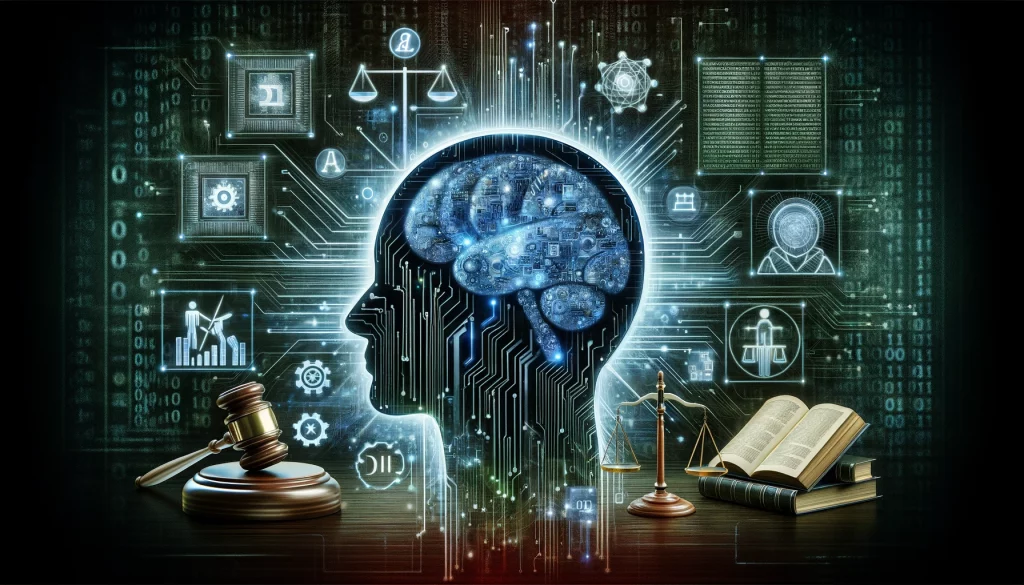
AI adoption within the legal industry is bound to be game-changer input for efficient and less cumbersome processes. AI promises to revolutionise many areas of legal work, from predictive analytics in litigation to automatic document analysis. Legal AI tools, with their capabilities in machine learning, natural language processing (NLP), and data analytics, can therefore parse through massive chunks of legal texts, identify patterns, and at times even recommend the most relevant case laws and precedents. This contribution of AI not only enhances the speed and accuracy with which the legal procedure is being carried out but also allows professionals to focus on more strategic, nuanced sections of their work. Prime example is how this transformation is bringing changes with customisation of the templated agreements based on AI technology for doing the documentation considering the specific nature of the domain.
Customising Templated Agreements with AI
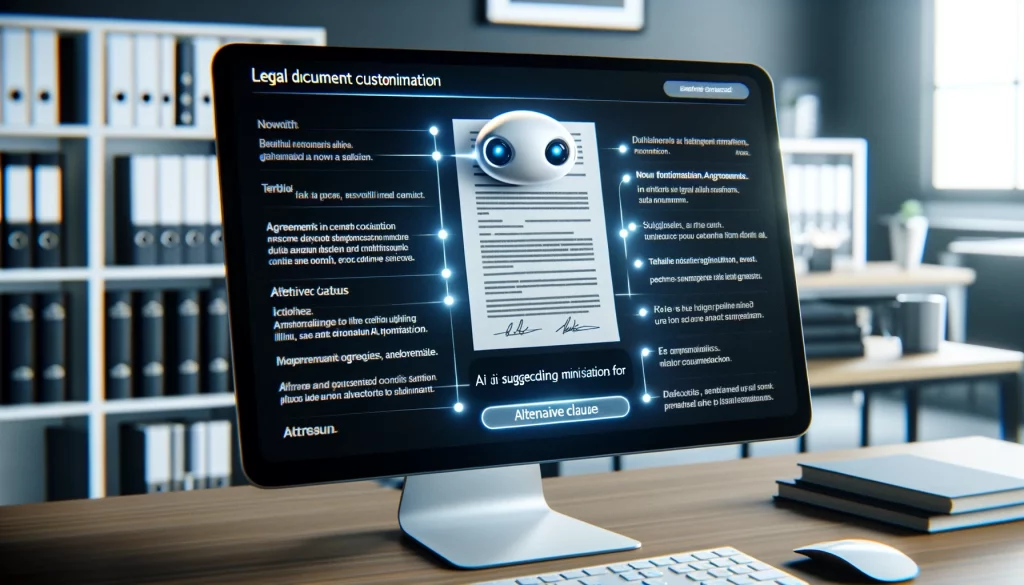
Customising templated agreements with AI uses really complex algorithms that result in customised legal documents for each and every individual case.
In these cases, a machine learning model trained on huge datasets of legal documents to understand the contextual meaning and subtleties of legal language comes to the rescue. In that context, it could possibly make good suggestions on amendments or additions to be made to the template, considering requirements of the agreement that relate to a specific agreement.
The NLP techniques make it possible to “read” and “understand” legal text, recognizing clauses and terms that would need to be changed. An example is AI-powered contract review tools. They are able to review a templated agreement and flag areas that require details from a client. This type of tool can also suggest different clauses from a predefined library, depending on the context and the specifics of the agreement at hand. Artificial intelligence systems can also learn from changes made by legal professionals so that they get better at suggesting what users should do in future documents. The AI-based system speeds up the process, at the same time having an almost zero level of errors and omissions. In so doing, making sure that each agreement is perfectly tailor-made to exact context and needs helps to ensure producing stronger and more effective legal documents by using AI.
Benefits of AI-Driven Templated Agreements
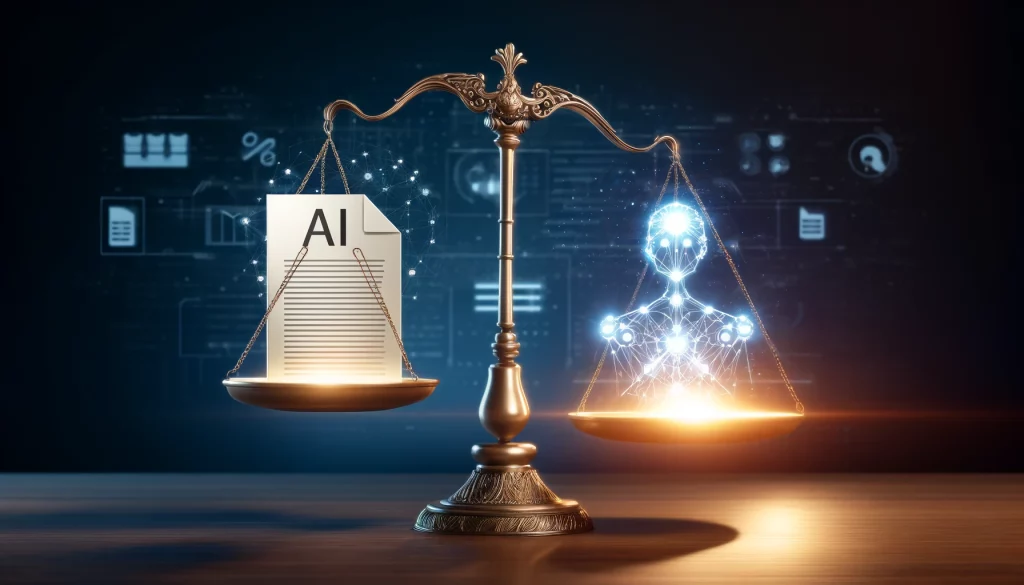
Using AI in customisation of templated agreements has a number of key benefits to the legal sector. First, it largely enhances efficiency in customisation by reducing the amount of time required in drawing up such agreements through automation of basic duties and suggestions. This time saved translates into cost savings for legal firms and their clients, making legal services more accessible.
Moreover, AI-driven systems offer a higher degree of accuracy compared to manual customization. These systems reduce human errors, and the agreement is very likely to be, at worst, a bit more generic but generally in keeping with relevant law and regulation most of the time. Last but not least, AI enables scaling of customization; hence, a lawyer can easily personalize many more agreements without diluting the quality or level of detail.
Challenges and Considerations
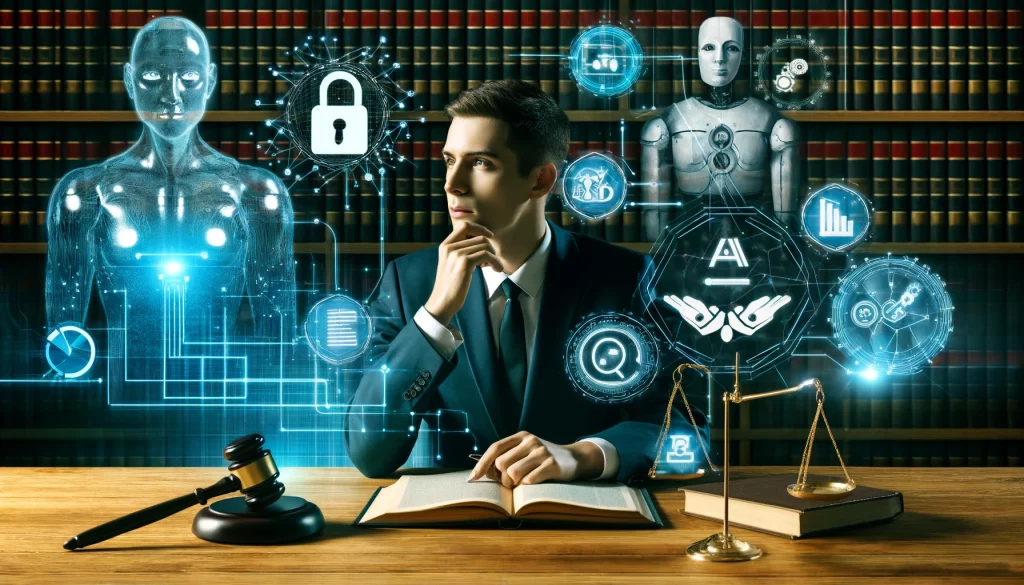
While the benefits are clear and there are plenty, there are also a few challenges and issues to be considered in the use of AI to customise templated agreements. Most importantly, data privacy and security need to be looked at, given AI systems will have to peruse sensitive legal documents and information relating to the clients.
Ensuring that these systems adhere to strict data protection standards is crucial.
Ethical considerations would also be vital here in ensuring that the developed AI systems are not designed in a manner that perpetuates the biases existing in the training data. AI, in contrast, can improve efficiency and accuracy by leaps and bounds. That said, it is not going to happen at the cost of newer, sensitive judgments that are made by human legal professionals. It will, therefore, be wise if a balanced approach is taken, which helps in dovetailing the use of AI tools with human oversight in such a way that the benefits the technology bestows are realized without carrying along with it its attendant limitations.
Conclusion
AI is completely overhauling the legal landscape of customized templated agreements through inculcation in a way that has never been seen before, for efficiency, accuracy, and scalability. Legal could adopt AI and therefore sail through the challenge of today’s traditional, templated agreements to one day experience a more efficient and effective approach to legal practice.



